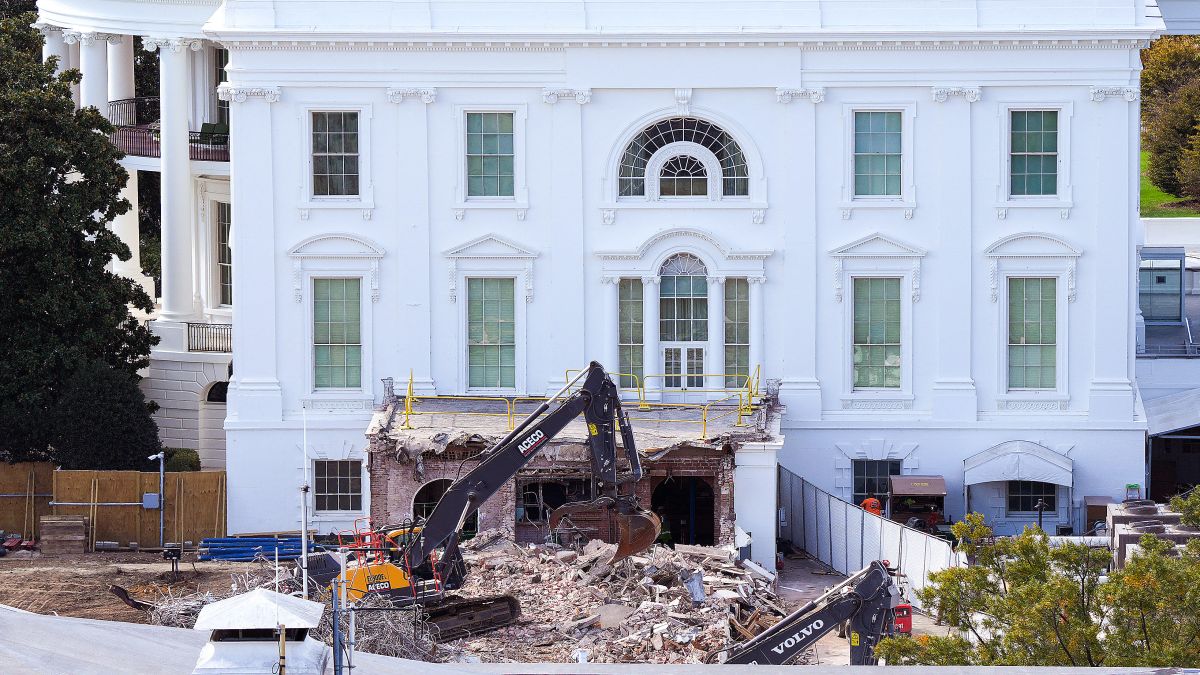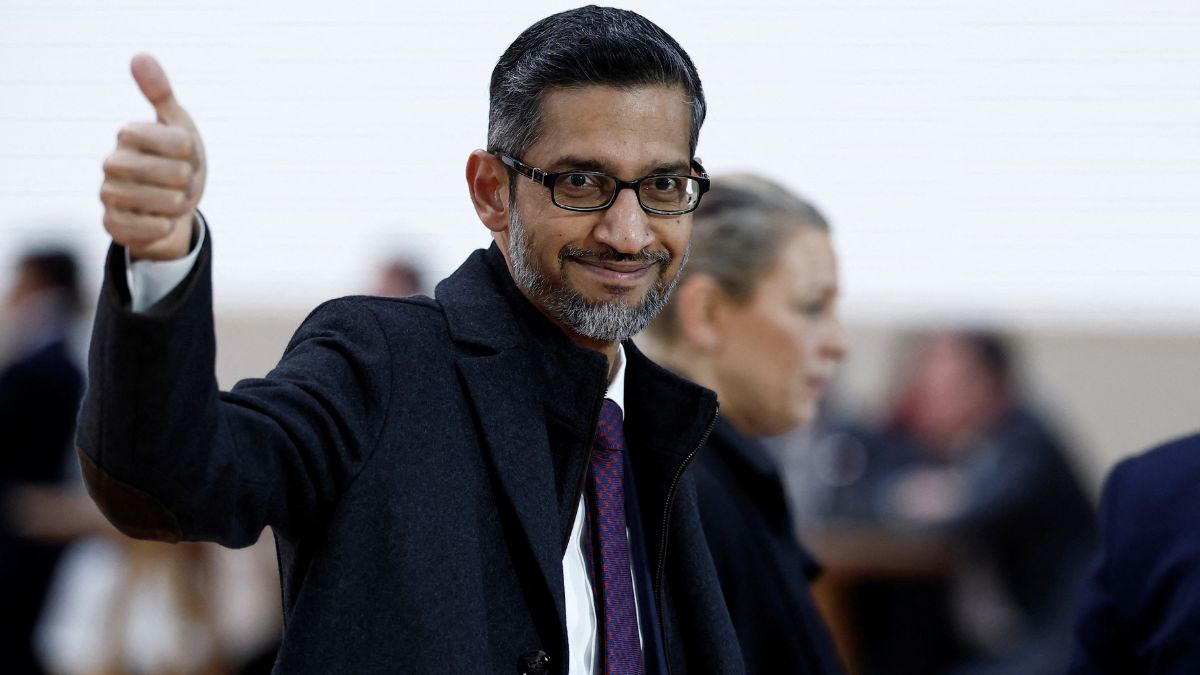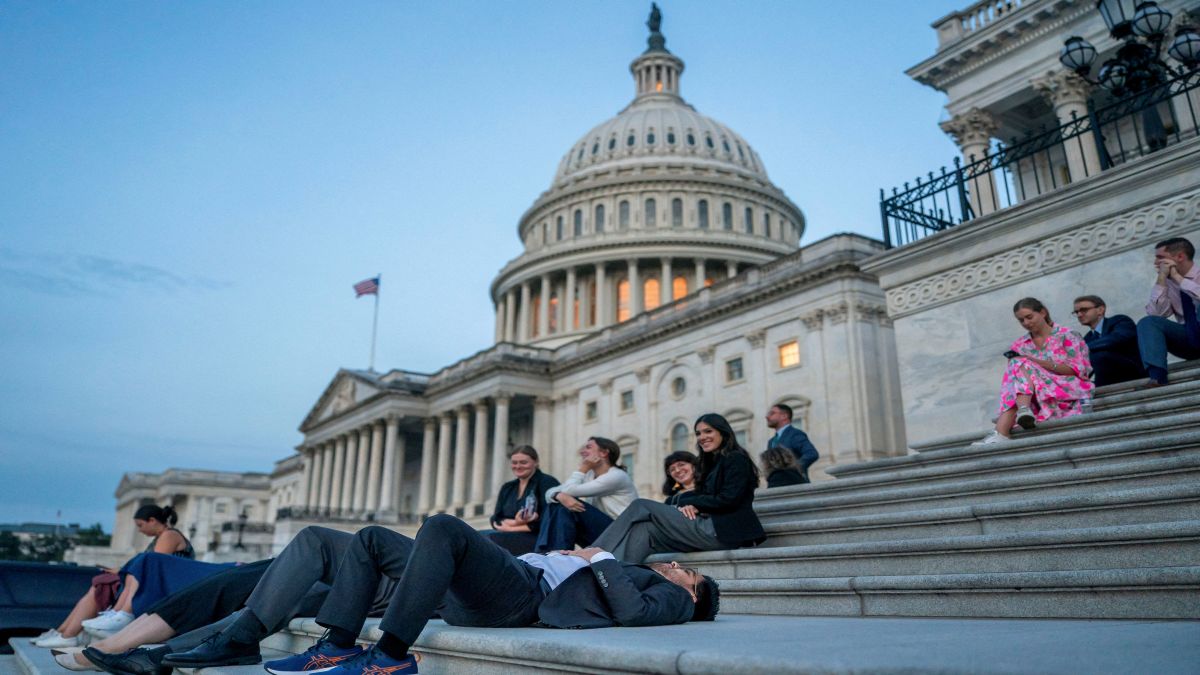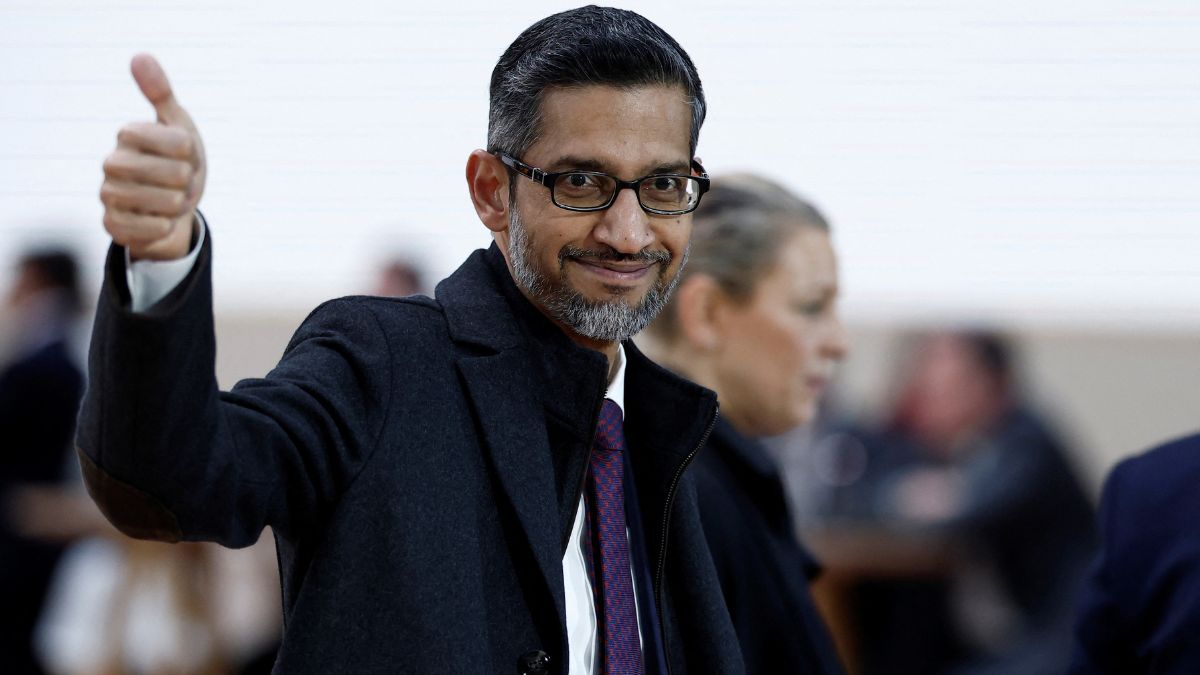The White House is undergoing major structural changes. Demolition crews have finished tearing down the White House’s entire East Wing to make way for US President Donald Trump’s giant new $300 million ballroom.
The destruction of part of one of the world’s most famous landmarks is a far more extensive demolition than previously announced by the American leader — and happened virtually without warning, prompting gasps of shock and memes a plenty on and off social media.
The renovation, as the Trump administration calls it, even led to a strong back and forth between Press Secretary Karoline Leavitt and members of the press on Thursday. When asked about the demolition work, the White House press secretary said, “There have been many presidents in the past who have made their mark on this beautiful White House complex. This briefing room … was not once a briefing room, it was a swimming pool. There have been presidents who have completely torn down the executive mansion.”
But is it true? Has the White House ever witnessed major renovations? How are these different from Trump?
Construction of the White House
It all dates back to 1792 when George Washington chose to build the White House, then known as the Executive Mansion. Washington selected Irish-born architect James Hoban for the job and construction began by a team of enslaved and freed Black Americans and European immigrants over the course of eight years.
President John Adams and his wife, Abigail, were the first to inhabit the residence, which was still unfinished by the time they moved in toward the end of his term in November 1800. The following year, President Thomas Jefferson moved in and went on to decorate the “president’s house” with furnishings he had inherited from all of his presidential predecessors.
However, in 1814, all of this was lost when British troops set fire to the residence. The task of rebuilding once again fell on the shoulders of Hoban and was officially reopened with President James Monroe’s arrival in 1817.
This time around, the Irish-born architect chose timber framing instead of brick to speed up the process, which has led to several overhauls.
Monroe later tasked Hoban with the building’s first major addition, the South Portico — the iconic rounded entrance lined with Ionic columns — was completed in 1824. Construction of the North Portico was completed in 1830, under President Andrew Jackson.
White House renovation by Theodore Roosevelt
The next big renovation that the White House saw came in 1902 under President Theodore Roosevelt. He hired architectural firm McKim, Mead and White to carry out the changes and expansion, which also included the addition of the West Wing.
As the White House Historical Association said, “Roosevelt’s remodel transformed the home from a crazy quilt of alterations over time into a cohesive statement of modern times.”
He relocated his office from the second floor to the West Wing. Moreover, he expanded the First Family’s living space — necessitated because of his six children — and modernised the mansion’s heating and plumbing systems. He also created the East Terrace — a new entryway for guests that would later become the East Wing.
Creation of the Oval Office
It was not until 1909 that the White House had the Oval Office. This addition was made courtesy President William Taft.
In the ensuing years, other changes were made to the White House. For instance, in 1927, President Calvin Coolidge replaced the White House’s original wood trusses with steel while rebuilding the roof and adding third-floor living spaces and offices for servants and secretaries.
Then, seven years later, President Franklin Delano Roosevelt relocated the Oval Office to its current location for more privacy, built more offices underground and installed an indoor swimming pool for his polio therapy (financed by private donations).
The 1942 big conceal
During World War II, FDR created the East Wing. Its aim was concealing an underground bunker now known as the Presidential Emergency Operations Centre. Since then, the East Wing has generally served as office space for the US First Lady and her staff.
At the time, many, including Republicans, criticised the American president for his renovations, calling it wasteful. They even accused him of “using the project to bolster his presidency’s image”.
White House gets a Truman makeover
The most significant renovations to the White House before Trump’s big changes can be attributed to Harry Truman in the late 1940s. It is reported that when the Trumans entered the White House, it was on the brink of collapse. The floors swayed as they walked on them, joints popped and cracked, and rats even scurried through holes in the walls and across the floors.
While Harry, Bess and Margaret Truman all joked in their letters and diary entries about hearing the “ghosts” of presidents past, these mysterious noises were actually tell-tale signs that the White House was disintegrating.
In response, Truman signed off on a makeover like no other — everything but the exterior walls were gutted. Truman and his family moved out soon after his re-election in 1948, spending much of his second term in the nearby building that now hosts foreign dignitaries during their visits.
The renovations cost approximately $5.7 million, which amounts to more than $50 million in today’s dollars, according to the Truman Library Institute.
One of the most significant changes was the addition of a balcony to the second floor of the South Portico. Today, this Truman Balcony serves as the backdrop for many of the most memorable presidential moments — in a September 2012 interview in Vanity Fair, US President Barack Obama listed the balcony as his and his wife Michelle Obama’s favourite spot in the White House.
“The Truman Balcony was something that was really controversial at the time, and now it’s one of the most beloved parts of the White House for the president and their family to be sitting outside looking out on the South Lawn,” Kate Andersen Brower, author of The Residence: Inside the Private World of the White House, told NPR.
White House gets a Rose Garden, bowling alley and more…
In the early 1960s, when John F Kennedy entered the White House, his wife, First Lady Jackie Kennedy, began to bring in minor changes that transformed the US presidential residence. One such change was the Rose Garden, which was constructed in 1963.
She also redecorated the White House with historic arts and artefacts. Her goal was to use the residence to showcase American presidential history, saying, “Everything in the White House must have a reason for being there. It would be sacrilege merely to ‘redecorate’ it—a word I hate. It must be restored, and that has nothing to do with decoration. That is a question of scholarship.”
Later, Richard Nixon converted the indoor swimming pool into the White House Press Room and installed a one-lane bowling alley, while President Gerald Ford had a swimming pool (also privately funded) built outdoors.
In the early 2000s, President George W Bush modernised the press briefing room and the Situation Room. Meanwhile, Michelle Obama planted the White House Kitchen Garden on the South Lawn.
How big are Trump’s big changes to the White House
Even before Trump tore down the East Wing for his fanciful ballroom, the US president has already made significant renovations to the White House. Jackie Kennedy’s Rose Garden has been paved over to create a patio similar to the one Trump has at his Mar-a-Lago residence.
And now plans are afoot for his 90,000-square foot ballroom. This new room, which will seat 1,000 people, Trump says is essential because state dinners and other large events currently have to be held in tents that are temporarily erected on the White House lawn.
Trump’s demolition has caused much angst amongst Democrats as well as historians. On October 16, the Society of Architectural Historians said: “While we recognize that the White House is a building with evolving needs, and that it has undergone various exterior and interior modifications since construction began in 1792, the proposed ballroom will be the first major change to its exterior appearance in the last 83 years (since the East Wing in its current form was built in 1942). Therefore, such a significant change to a historic building of this import should follow a rigorous and deliberate design and review process.”
The American Institute of Architects also noted, “This is more than an addition to a building,” and it should be “guided by a process that is preservation-first, performance-driven, and accountable to the public”.
Criticism is also mounting over the lack of transparency on the cost and funding of Trump’s big renovation. The US president has not taken the project to Congress for funding or debate. Instead private donors such as Amazon, Apple, Booz Allen Hamilton, Caterpillar, Coinbase and Comcast are contributing to his project, with no transparency being provided.
Reacting to what the White House calls “manufactured outrage”, Karoline Leavitt has defended Trump’s approach to the project, saying he was not the first president to refurbish the White House.
“The East Wing is going to be more beautiful and modern than ever before,” she added. “And in addition, there will be a big, beautiful ballroom that can hold big parties and state visits for generations to come.”
But the question remains — will it?
With inputs from agencies


)

)
)
)
)
)
)
)
)



